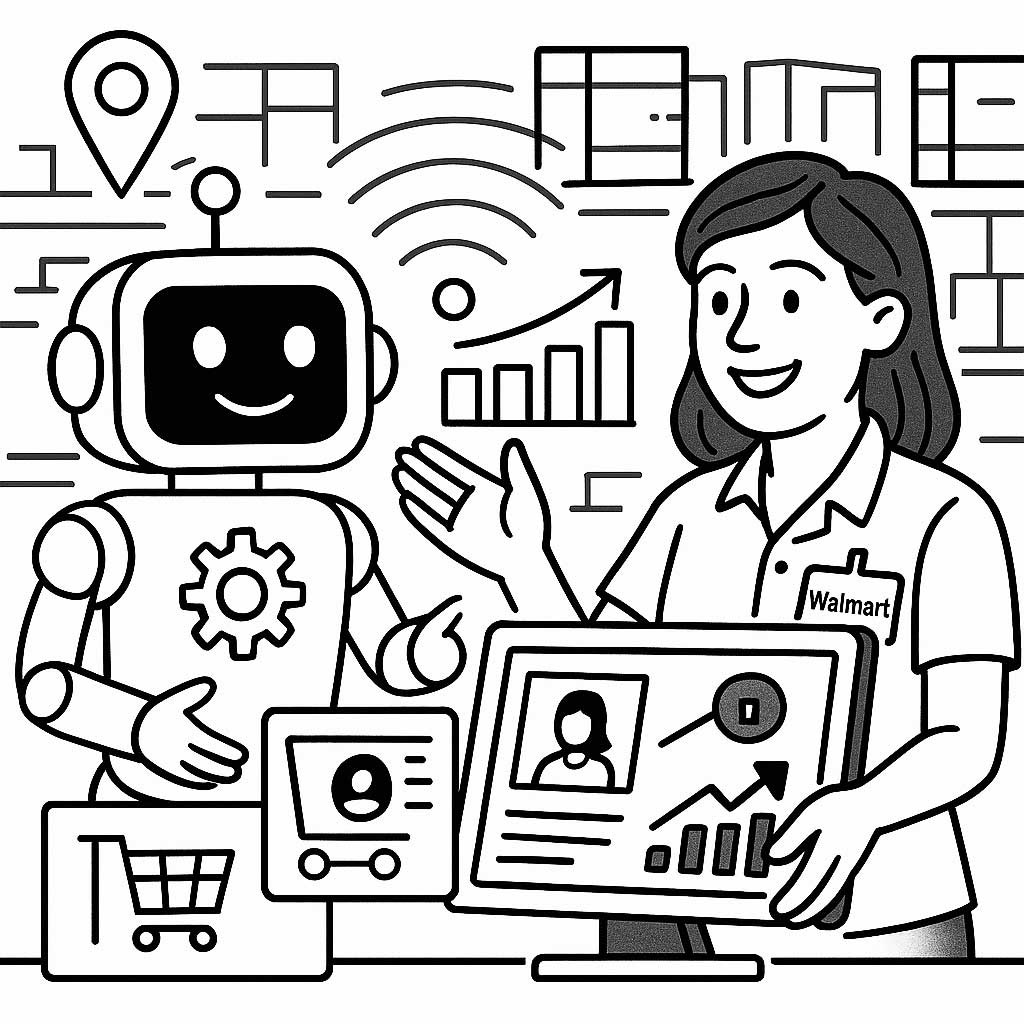Retail & Campaigns: AI in Action
AI at Walmart & Google drives action, not just ideas
At this year’s Possible Conference, two powerhouse voices—John Furner, CEO of Walmart U.S., and Lorraine Twohill, CMO of Google—offered a compelling vision for how AI is transforming business from the ground up. Their messages were grounded in operational reality and aspirational leadership.
But before that, AI Trailblazers unveiled its inaugural AI Trailblazers Power 100 list in partnership with Adweek last month, recognizing those making a significant impact. Stay tuned for exclusive events honoring these leaders, starting with the AI Trailblazers Summer Summit on June 5th in New York. Registration is now open, secure your seat before it fills up.
Below are seven takeaways from John Furne and Lorraine Twohill, with an emphasis on how AI is reshaping retail, media, and leadership.
1. AI is a Human Amplifier—Not a Replacement
Walmart’s approach to AI centers on enabling their people, not sidelining them. An inspiring theme that I first covered in January 2024. As Furner noted, Walmart stores can span more than 4.5 acres. AI helps associates navigate that scale by simplifying product searches, streamlining inventory restocking, and supporting customer inquiries. It shifts time and focus toward more human, high-value work. The result: more empowered employees and better customer experiences—without reducing headcount.
2. Where Commerce, Content, and Creators Converge
Furner described a powerful use case where Walmart connects real-time inventory with creator content—over 40,000 creators, to be exact. This allows the company to meet consumers with relevant, personalized content at exactly the right moment. He captured it best: “At 2:30 p.m., half the country doesn’t know what it’s doing for dinner.” By combining commerce media, the creator economy, and AI, Walmart is transforming everyday indecision into shoppable inspiration just when consumers need it. This is retail media evolving from an ad product into a valuable utility.
3. Don’t Major in the Minor—Focus AI Where It Matters
Both leaders emphasized prioritization. AI must be deployed where it delivers disproportionate value. For Walmart, that includes supply chain optimization, dynamic pricing, and predictive inventory. At Google, it means accelerating campaign cycles, optimizing ad placements, and improving creative performance through automation.
As Furner reminded us, Walmart once piloted grocery delivery via fax in the 1990s. The idea was solid but too early because fax machines were slow, buggy and expensive. The lesson: be bold, but be strategic making sure you know when it is best to bring an idea to life.
4. Strategy Is Constant—Execution Evolves
Furner reflected on a Walmart 1939 internal memo about trade policy and localization, noting how surprisingly applicable it remains today. Walmart’s core mission hasn’t changed - being a great merchant, respecting associates and serving customers. It is just the execution that has. And most critically, the economic uncertainty of 2025 isn’t that new in the history of Walmart. Over the decades its been in similar moments and has found ways to thrive regardless.
AI now enables real-time merchandising decisions, hyper-local inventory planning, and highly responsive logistics. Strategy remains the north star; AI is simply upgrading the map and has greater uses in confusing economic moments.
5. AI Is a Growth Engine—Not Just a Cost Cutter
Twohill made it clear that AI isn’t just a back-end efficiency tool—it’s a front-end growth accelerator. Google’s AI tools, particularly Performance Max, are shortening go-to-market timelines from months to days. Teams are testing and optimizing creative faster, shifting media dollars dynamically, and learning in real time at an incredibly greater pace.
It’s no longer about optimizing what already exists. AI is helping create better ideas, sooner, with clearer outcomes making the marketing more predictable and dependable. It helps that Performance Max now provides channel level visibility. That’s transparency marketers have been yearning for.
6. Creativity Is Enhanced, Not Replaced
AI’s role in creative development continues to expand, but human direction still defines the quality bar. Twohill acknowledged that AI can create poor content—but so can humans. That’s why Google trains its ad models using the creative it’s most proud of, ensuring that output reflects brand values and performance standards. That’s an importance piece of advice - it isn’t simply about giving the AI your brand guidelines, it is just as important to train it on what excellence looks like for you using ad objects that you’re most proud of.
Creative oversight and foundational training remain critical even as the machine gets better at scaling and assembling content on demand.
7. Leaders Must Use AI, Not Just Fund It
Perhaps the most resonant call to action: executives must actively engage with AI tools themselves. Twohill pointed out that today’s natural language interfaces make these tools accessible to anyone and not just to the engineers or data scientists. And in that fact, lies probably the most important reason why the AI Era is going to be the most transformative. It is after all the most accessible technological revolution.
At Google, senior marketers are using GenAI to simulate campaign responses. At Walmart, store-level decision-making is supported by AI dashboards. In both cases, leaders aren’t just approving the roadmap. They are also navigating and driving with the new tools.
Final Thought: AI Is the New OS for Business
Across every insight, a common thread emerged: AI is no longer a sidecar—it’s the engine. Whether you’re optimizing pricing across 5,000 stores or serving ads to billions of users, AI is quickly becoming the standard infrastructure of modern business. And those who learn how to lead with it—not around it—will shape the next era of growth. What are you waiting for?
Where I will be
Next week, I will be in Baltimore for board meetings before keynoting at the DMS by Luma Summit and then speaking at the Alpha Board Summit later in the month.
Where I’ve been
I attended the Possible Conference in Miami last week, where I had the chance to connect with clients and business partners and sit in on several impactful sessions. Kudos to the entire Possible team—Christian Muche, Greg Stuart, and everyone involved for organizing such a memorable and well-executed conference .
Alongside some celebrity moments (seeing Martha Stewart was probably the most special), it was great to catch up with industry leaders throughout the week. Below are a few photographs from the conference, along with mentions of friends and colleagues I had the chance to see and reconnect with—including Allison Arden of The Elements of Us, Frank Cooper of Visa, Michael Donnelly of the ANA, Jonathan Halvorson of Mondelez, Michael Kassan of 3C Ventures, Bob Lord of Horizon Media, Joe Marchese of Human Ventures, Vineet Mehra of Chime, Joanna O'Connell of OMD, David Shingy of Shingy, and many others.
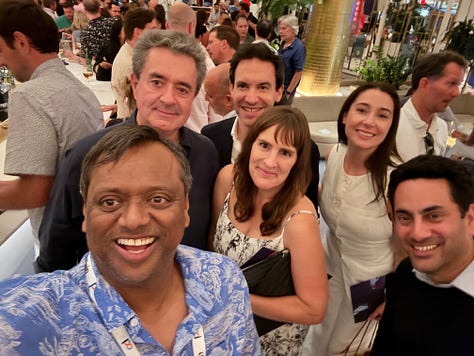
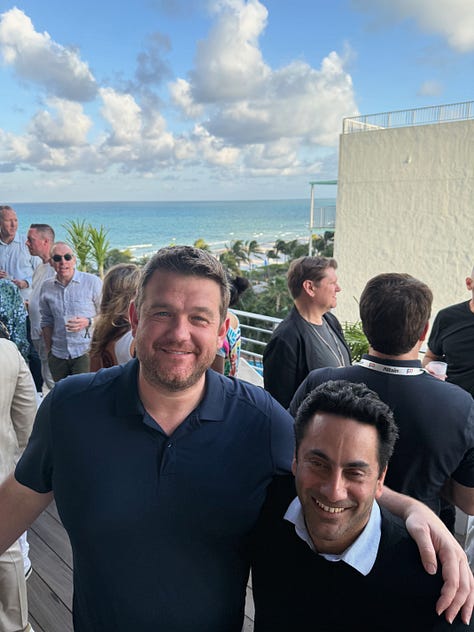
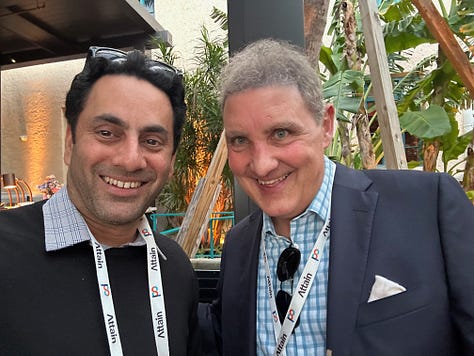
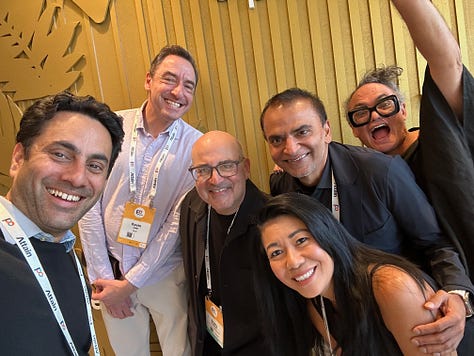
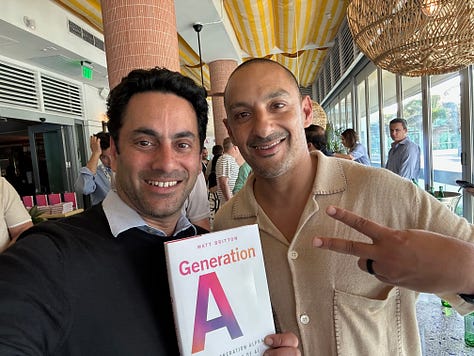
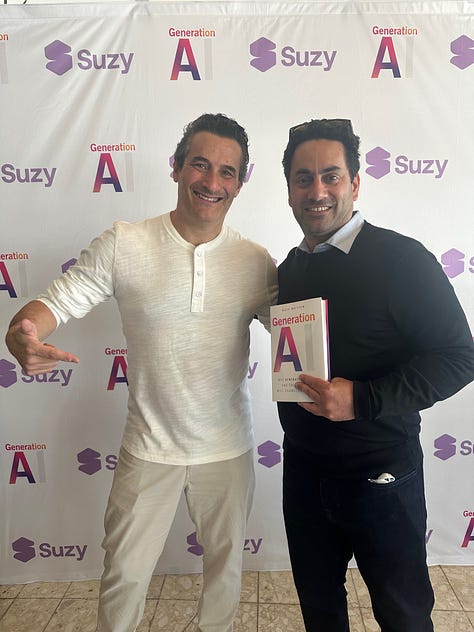
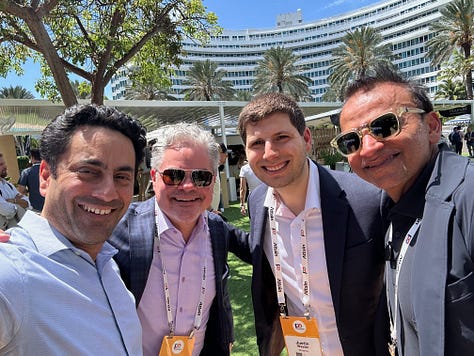
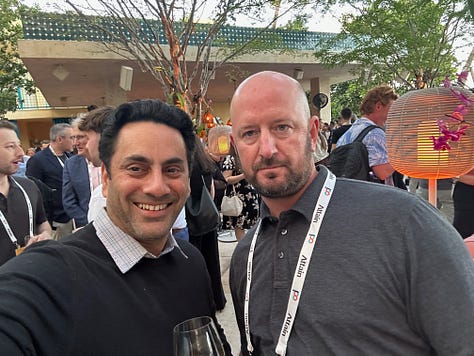
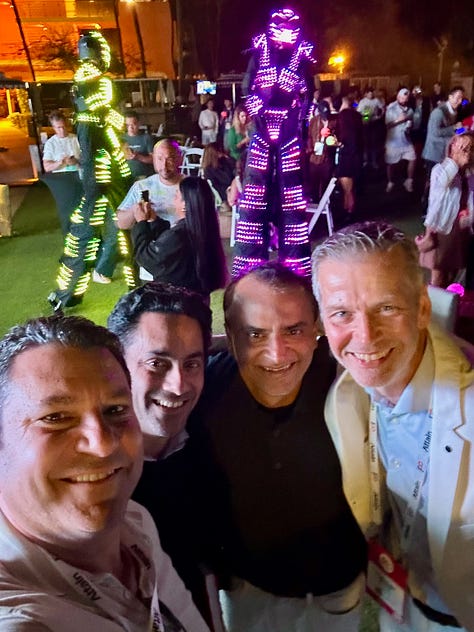
While at Possible, I also attended Matt Britton’s Generation AI book launch, which I was happy to endorse. My words appear on the back cover of the book, where I shared the following: - “Generation AI by Matt Britton is a thoughtful exploration of how artificial intelligence is reshaping the way we work, live, and play. Drawing on decades of experience at the forefront of the digital revolution, Matt delivers unparalleled insights essential for leaders, parents, and innovators.”
What I’m reading
Amazon Takes Aim at Cursor With New AI Coding (The Information)
Lyft CEO says he swears by ‘falcon mode’ (Fortune)
AI generates up to 30% of Microsoft's code (Perplexity)
Zero-Click Search Redefines Marketing (Bain Consulting)
The Urgency of Interpretability (Dario Amodei)
What I’ve written lately
The Memo Every Leader Should Read (April 2025)
Business, Rewritten by AI (March 2025)
The AI Dilemma: Smarter or Weaker? (February 2025)
Can the Super Bowl change Search? (February 2025)
AI Tsunami: Are You Falling Behind? (January 2025)


